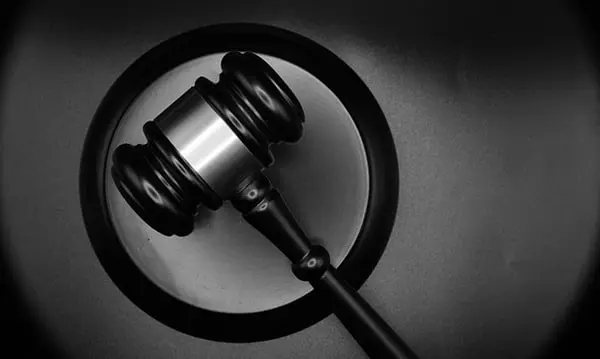The Cadets Drum Corps, one of the most prestigious and oldest organizations in the world of marching arts, is currently facing significant financial and legal challenges. The group’s legal troubles stem from a sexual abuse lawsuit filed in 2020, which has now led to the organization filing for Chapter 7 bankruptcy in 2024. These events have not only rocked the organization but also drawn attention to broader issues of financial mismanagement, legal responsibility, and the pressures facing youth arts programs. This article explores the Cadets’ legal battles, the impact on the organization, and what it means for the future of the iconic drum corps.
The Lawsuit: A Timeline of Events
The root of the current financial crisis dates back to 2018, when multiple sexual misconduct allegations emerged against George Hopkins, the former longtime director of the Cadets Drum Corps. Reports alleged that Hopkins had sexually harassed or abused multiple members and staff over several years. Following these revelations, Hopkins stepped down, and the organization underwent significant restructuring. However, the legal battles stemming from these allegations would continue to haunt the organization.
In September 2020, a major lawsuit was filed against Cadets Arts & Entertainment (CAE), the nonprofit that oversees the Cadets Drum Corps. The lawsuit, part of a wave of civil actions enabled by New Jersey’s extension of the statute of limitations for sexual abuse claims, accused Hopkins and the organization of negligence in addressing or preventing the alleged abuse. The lawsuit brought intense scrutiny and financial strain to the organization.
Financial Fallout and Bankruptcy
By April 2024, the financial toll of the lawsuit, combined with the rising cost of defending the organization in court, led CAE to file for Chapter 7 bankruptcy. The bankruptcy filing was also driven by the inability to secure liability insurance for the lawsuit, which exacerbated the financial pressures on the organization. As a result, CAE announced the suspension of all competitive activities for the Cadets, marking the end of their 2024 season and potentially their existence as a competitive unit.
The Chapter 7 filing signaled a complete liquidation of the organization’s assets, a tragic outcome for one of the most decorated drum corps in history, with 10 Drum Corps International (DCI) World Championships under their belt. The CAE Board of Directors expressed deep regret, citing the overwhelming financial strain caused by the lawsuit and the inability to continue operating under such pressure.
Impact on The Cadets and Their Legacy
The impact of these legal and financial troubles is profound. The Cadets, founded in 1934, have been leaders and innovators in the marching arts, known for pushing the boundaries of performance and excellence. Their decision to file for bankruptcy marks the end of nearly a century of competitive excellence. The Cadets’ absence in the 2024 season will not only leave a significant void in the DCI competition circuit but also raises questions about the future of youth arts organizations.
Despite these challenges, efforts are being made to preserve the legacy of the Cadets. Alumni and volunteers are expected to continue organizing social activities, and a formal agreement has been reached to place legacy items with the Marching Pageantry Arts Museum in Upper Darby, Pennsylvania. However, the road to recovery for the organization seems uncertain, and it remains to be seen whether the Cadets will ever return to the competitive field.
Broader Implications for Youth Arts and Nonprofits
The Cadets’ legal and financial struggles highlight broader issues within youth arts organizations and nonprofits. Many of these organizations operate on tight budgets, heavily reliant on donations, sponsorships, and member fees to sustain their operations. When legal challenges like those faced by the Cadets arise, the financial burden can quickly become unsustainable, as demonstrated by the organization’s inability to secure liability insurance for the lawsuit.
Furthermore, the lawsuit raises important questions about how organizations handle allegations of misconduct and protect their members. As more states adopt extended statutes of limitations for sexual abuse claims, other organizations could face similar legal battles if past misconduct is brought to light.
Conclusion
The Cadets Drum Corps’ lawsuit and subsequent bankruptcy mark a devastating chapter for one of the most respected names in the world of marching arts. The combination of legal pressures, financial mismanagement, and the inability to secure liability coverage has brought this storied organization to its knees. As the organization undergoes liquidation and competitive activities come to a halt, the drum corps world is left to reckon with the loss of a historic institution.
While the Cadets may no longer compete, their legacy will continue through their alumni and the impact they’ve had on the world of drum corps. As youth arts organizations look to the future, the Cadets’ downfall serves as a cautionary tale of the importance of legal preparedness, financial resilience, and proactive measures to protect members from harm.


